

We all know that single-use plastics are a problem for our environment, but many single-use products can be convenient and more economic than less-problematic alternatives. So how do we get the ...
READ MORE

We all need protein to live and stay healthy. However, many protein sources are becoming an increasingly expensive way to meet our needs – both economically and environmentally. Innovators are ...
READ MORE

Potatopak (now re-branded as earthpac) makes potato plates at a factory in Blenheim, New Zealand. The steps in the production process – from weighing ingredients to quality control of the final ...
READ MORE

In this activity, students compare the rate of degradation of disposable plates using three different disposal methods. Purpose To experiment with a range of disposable plates made from different ...
READ MORE
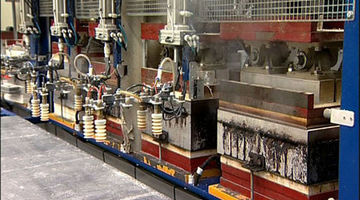
In this activity, students use their knowledge of potato plates to write a letter promoting their use. Purpose This activity will help students understand product lifecycles and compare the ...
READ MORE

Rubbish or waste is part of our lives. How we deal with it has changed through the ages. We know that out of sight, out of mind is a fallacy, and what we bury today has the potential to affect ...
READ MORE
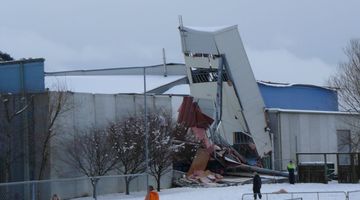
Large snow events in most parts of New Zealand are uncommon. However, if you are in the South Island or the central North Island, this citizen science project could be a great one for your ...
READ MORE

Litter is everywhere – but how much is there, and why does it matter? Litterati is an online citizen science (OCS) project that allows participants to photograph, upload and tag litter in their ...
READ MORE
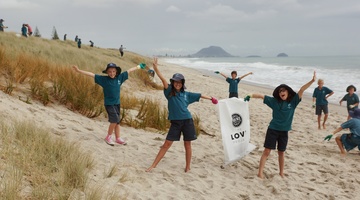
Litter Intelligence is a long-term programme run by Sustainable Coastlines in collaboration with the Ministry for the Environment, Department of Conservation and Statistics New Zealand. It aims ...
READ MORE

Students develop their knowledge to design a disposable product as a sustainable alternative to an existing product. Purpose To understand why increasing use of non-degradable materials is not ...
READ MORE
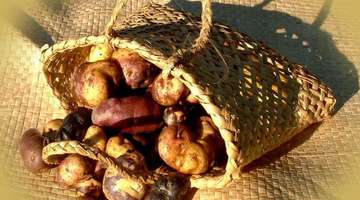
Students develop knowledge of prototype taewa products and design a label that reflects the cultural value and specified market for the product. Purpose Understand the attributes and benefits of ...
READ MORE

When St Francis Xavier Catholic School decided on the theme ‘Innovation’ as a whole-school science and technology focus, year 3 teacher Jo Collyer began searching for relevant teaching resources ...
READ MORE
Crown research institute Scion worked with Villa Maria Wines to develop a bioplastic vineyard net clip using marc – or pomace – a biomass waste stream from the wine industry. Here, lead scientist ...
READ MORE
New Zealand company Leaft Foods has developed technology to extract rubisco, a high-value protein found in leafy greens. The company is scaling up the technology while developing food products ...
READ MORE
The ingredients for potato plates are mixed together by hand, and the manufacturing process is automated. What are the ingredients and the steps in the process?
READ MORE

Learn about the manufacturing process that produces 100% biodegradable serving and packaging products from potato starch. Potatopak (now rebranded as Earth Pack), makes potato plates at a factory ...
READ MORE
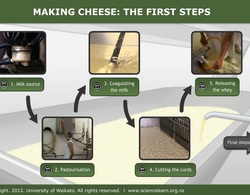
This interactive explains the first steps in the process of making traditional Gouda cheese.Click on the labels to watch the videos and for more information. Find out more about the final steps ...
READ MORE
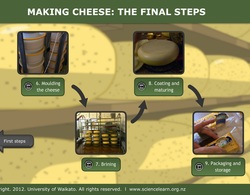
This interactive explains the final processes involved in making traditional Gouda cheese. Click on the labels for more information. Find out more about the initial steps in the cheese making ...
READ MORE